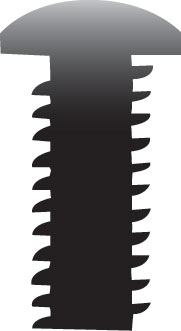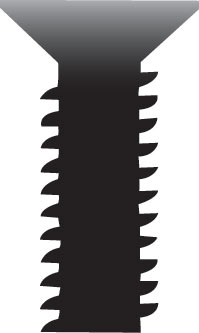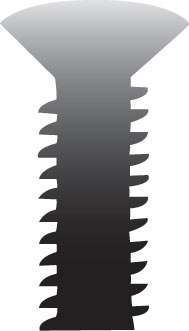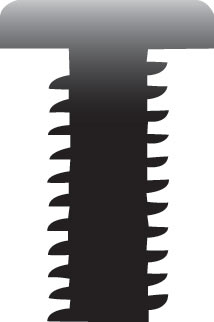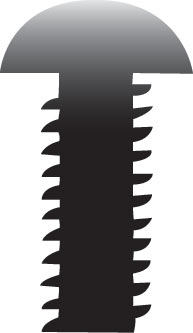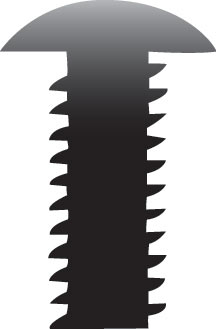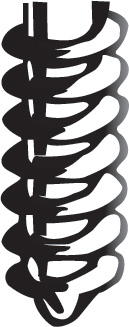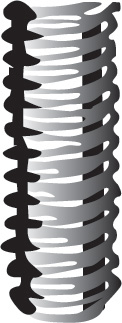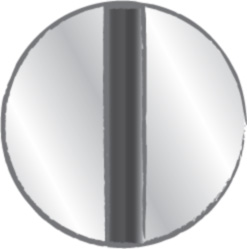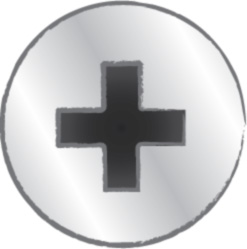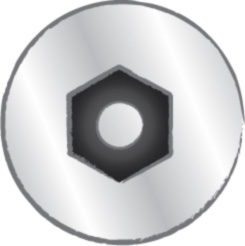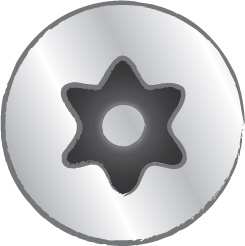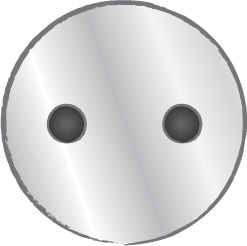Screw Heads and Types
Use this picture guide to find the head or tamper reststant drive type you need for you job.
Once you have found information about what your needs are, you can find
Stainless Steel Tamper Resistant Screws
Screw Sizing Explained
There are two different numbers when looking for a screw size that need to be understood. Typically, screw sizes are labled something like this- #10-24. To those who are unfamiliar with this number system, this might be confusing. So here is a simple explaination. The first number is the “size” of the screw. They are numbered from # 0-12 increasing as the number increases. After size 12, they are typically sized in fractions of an inch. That second number is as important as the first. It indicates the rate of the thread spiral, or threads per inch (TPI). In order to use a screw, the threads must be spaced the same as the area they are being inserted into, like a bolt for instance. The smaller the number, the further apart the threads run, the more “coarse” the screw thread is considered. The higher that second number, the closer the threads run, the “finer” the screw thread is onsidered. So for instance our above mentioned screw size of #10-24 is a screw that is size 10 and has 24 threads per inch.
Lorem ipsum dolor sit amet, consectetuer adipiscing elit, sed diam nonummy nibh euismod tincidunt ut laoreet dolore magna aliquam erat volutpat.

